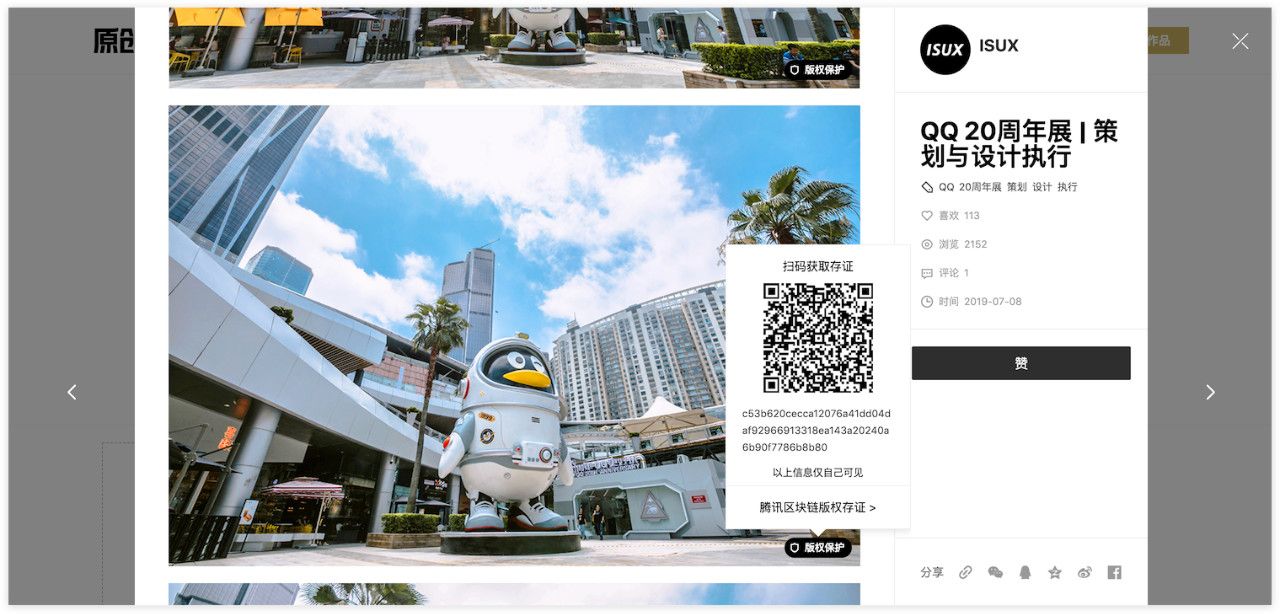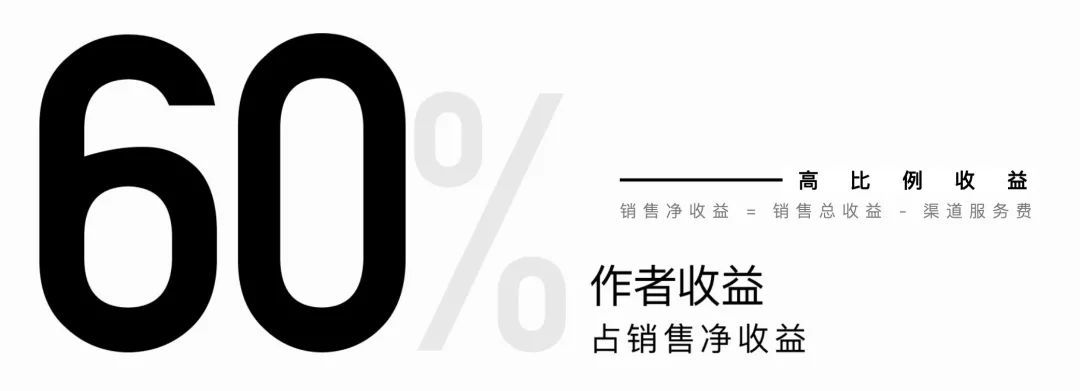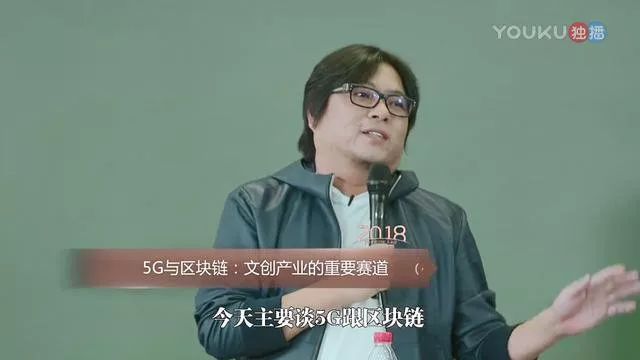What are the benefits and opportunities that ordinary people can get from the blockchain of the big factory layout?
Original: Fiona
Source: Vernacular Blockchain
When it comes to blockchain, do you always feel far away from you? A few days ago there were such two blockchain application information, ordinary people can also participate in it: First, Tencent's original works have launched the "copyright certificate" function, which provides individual users with original works copyright protection through the blockchain; second, music Ren Lixing issued and launched the music copyright asset Token. If you have original works, you can also contact the platform for publishing.
At first glance, these two things don't matter, but they essentially use blockchain to protect personal digital assets, but the directions are different, one is to confirm the direction of intellectual property ownership, and the other is doing music knowledge Realization and circulation of property rights.
- TOP25 selected from 800 blockchain venture capital funds: led by the United States, only 3 in China rank in the top 10
- Twitter Picks | Youtube Crypto Cleanup and V God
- Russia: central bank is testing digital currency in regulatory sandbox
01
Tencent's original blockchain confirms its rights, or a business that realizes traffic
Since the Paris Convention of 1883 clarified the protection of industrial property rights, intellectual property rights have a history of more than 100 years. However, digital products based on pictures and texts have been developed in recent years. With the development of the Internet, they have different attributes from real art works such as painting: digital files can be easily copied without causing quality loss, and you can have unlimited Copy a picture, a song, and send it to others over the Internet in seconds.
In the information age, the infringement of digital products has become an increasingly common and difficult problem to solve, and it has also been imaged as Elephant In The Room, something that is obvious and nobody wants to discuss.
With the birth of Bitcoin, people have discovered that it is possible to confirm private ownership of digital assets without a third party. Because of the technical characteristics of the blockchain, distributed accounting, non-tamperable, and traceable data on the chain are suitable for solving the pain points of intellectual property rights. Therefore, "if it can be like the way of Bitcoin, The idea of "owning and managing digital products" came naturally.
Therefore, intellectual property is one of the earliest application areas of blockchain. As early as 2013, a team named Asceribe began to try to use blockchain technology to confirm and circulate artworks. After several years of exploration and development, the current blockchain certificate application has become relatively mature, and China now has multiple blockchain certificate platforms. In September 2018, the Chinese People's Court also issued relevant regulations confirming the legal effect of the blockchain certificate. The Beijing Internet Court's "balance chain" also achieved access to more than ten nodes and more than twenty applications. In order to achieve the use of blockchain certificate in the judicial field.
Therefore, the Tencent original museum's certificate deposit on the chain is not innovative, but compared with other certificate storage platforms, the original museum based on the Tencent blockchain's copyright deposit certificate service, regardless of the interface or process, is very friendly to individual users. If you need to deposit a picture after uploading it, the five-year storage fee for each work is only 2.99 yuan, and the paid work needs to pass the "review" link. After the work has been successfully chained, a shield-like mark will be added to the display picture, and the specific time for storing the certificate will be marked.

The entire process is simple and smooth to use, and according to the platform, Tencent's blockchain has cooperated with credibility agencies such as cyber security and notary offices. The uploaded certificates are more credible, authoritative, and more explanatory.
However, the original museum platform does not give an operation method on how to obtain evidence when it is infringed, and there may be improvements in two aspects in actual use: First, users are not currently required to pass real-name authentication when depositing their certificates. This may provide opportunities for squatting for other people ’s works; the other is that the platform has not yet accessed a similar judicial blockchain “balance chain” and has not achieved data sharing with the judicial department. It may also need to be submitted off-chain when presenting evidence It is not possible to extract evidence directly on the chain.
In addition to this, another more important question is: Is the author's income guaranteed after the blockchain has confirmed the rights?
Obviously not, although confirmation of power is a prerequisite for realization, but it is still two different things.
The realization of intellectual property rights has not always been easy. Not to mention the relatively low threshold picture. Take the patents with long application process and high cost, for example, the current 20 million intellectual property rights in 220 countries around the world can be realised less than 2%; China's cultural intellectual property rights only in 2017 With millions of cases, obscurity is the norm.
This allows intermediaries capable of helping to realise intellectual property rights occupy a more important position in the industry and have more say.
The original museum serves as a platform, and the author also belongs to a cooperative relationship. The author can get 60% of the income, and there should still be a certain payment cycle. Behind the 40% share of the platform is the 650 million user traffic that Tencent is sitting on.
In essence, this is still a monetizing business.

As a creator, are you willing to pay up to 40% of the platform fee? No surprise, the answer is naturally negative.
02 Intellectual property realization, is there a better way for blockchain?
Let us turn our attention to the second piece of information: Taiwanese musician Huang Lixing has released a music copyright digital asset platform, which has completed the digitization and listing of 59 song copyrights. Among them, there are many well-known artists such as Zhang Huimei, and they were released on the chain in November The royalties of 20 songs were shared and announced.
How to understand it? In simple terms, you can think of the copyright of each song as an asset. This asset is cut into a smaller asset, Token, using blockchain technology. You own the corresponding Token and become the owner of the song's copyright asset. That is, shareholders, and enjoy the right to trade and dividends. Unlike traditional methods, shareholders may have tens of thousands or more. The role of traditional industry agents or intermediary platforms has been greatly weakened or replaced.
The blockchain may make the equity trading based on music rights more efficient, flexible and transparent.
Before and now, the entertainment industry relied heavily on intermediaries and channels in the distribution process. The "dependent" cooperation model between creators and publishers has not changed substantially since the era of vinyl records, plus the impact of the digital era, It is difficult for most creators to obtain satisfactory income from original works.
According to a 2015 study by the Berklee College of Music, about 20% -50% of music compensation income has not returned to the original creator. Grampy, a solo winner of the 2009 Grammy solo, claims that her record revenue is only 19% of the copyright , and that the creator is often the last person to get the money.
And similar to the music copyright digital asset platform issued by Huang Lixing, the original purpose of its establishment is often from the aspirations of creators: they hope to subvert the existing music industry and better reflect the value of creators. By breaking the original process, reducing intermediate links, and allowing musicians to face the market's test directly, users can support creators by purchasing music copyrights. In this way, creators can obtain a larger proportion and faster creative income.
This coincides with the view of the blockchain on the transformation of the music industry expressed by the famous musician Gao Xiaosong in his speech at Tsinghua University in October 2018 . He says:
Blockchain can be used to determine power in a very decentralized situation without centralization, but to determine and distribute power to each other on the blockchain. Copyright confirmation is an unmodifiable function of the blockchain. Another function of the blockchain is called Fragmentation (Editor's Note: Fragmentation refers to cutting value through Tokens.). This function can be exchanged in multiples. ,is very useful.

The process is this: the creator releases the original work, many users purchase the cut asset rights to become shareholders, the work receives income through market-based operations, the value of copyright assets increases, and the shareholders continue to support the creator …
In this mode, you may find that it ’s not just music. As long as your work is attractive enough, or you have enough followers or fans, these values can be directly reflected in your products. The blockchain economy helps you achieve value conversion faster.
03 summary
If you carefully analyze the music copyright digital asset platform, you may be confused. It seems that this does not form a closed-loop ecology. For example, what is the pricing basis for original works, and how is the income information obtained by works open and transparent?
Indeed, as mentioned in the article, there are already mature use cases for the confirmation of intellectual property rights in the blockchain, but in the realization and circulation of intellectual property rights, there is not enough closed-loop and mature ecology. But because of its immaturity and imagination, it is worth exploring.
Issue 406: In your opinion, what kind of development will there be in the future of blockchain's right to copyright? Welcome to share your views in the message area.
——End——
"Disclaimer : This article is the author's independent opinion, does not represent the vernacular blockchain position, nor does it constitute any investment opinions or suggestions. The copyright of the article and the final interpretation right belong to the vernacular blockchain. A
We will continue to update Blocking; if you have any questions or suggestions, please contact us!
Was this article helpful?
93 out of 132 found this helpful
Related articles
- Outstanding! Bitcoin is about to achieve over 90% year-on-year growth this year, can it continue in 2020?
- Why is blockchain a new direction for global wealth in the future?
- Even drinking coffee can open a blockchain electronic invoice! The number of Shenzhen block chain electronic invoices exceeded 14 million
- Babbitt Column | Deng Jianpeng: Has Hainan's Blockchain Policy Breakthrough?
- Year-end inventory | A complete overview of the coolest blockchain technology in 2019
- Halving the market does not exist at all? The agency said that the trend of LTC was over-rendered during the year
- What supports Bitcoin's value?





